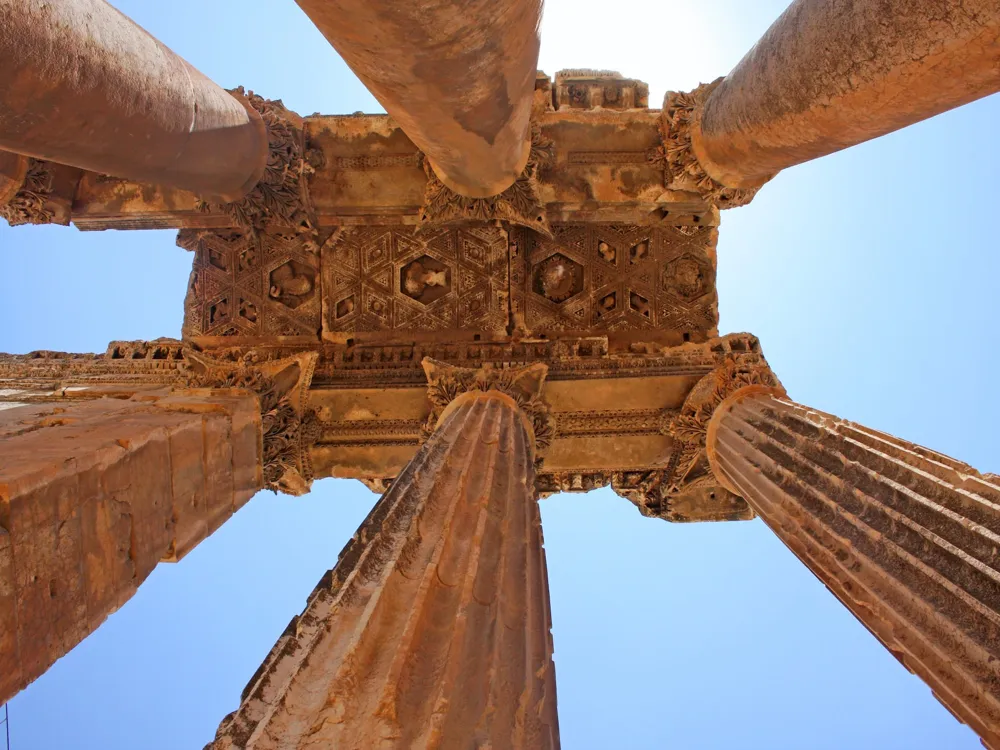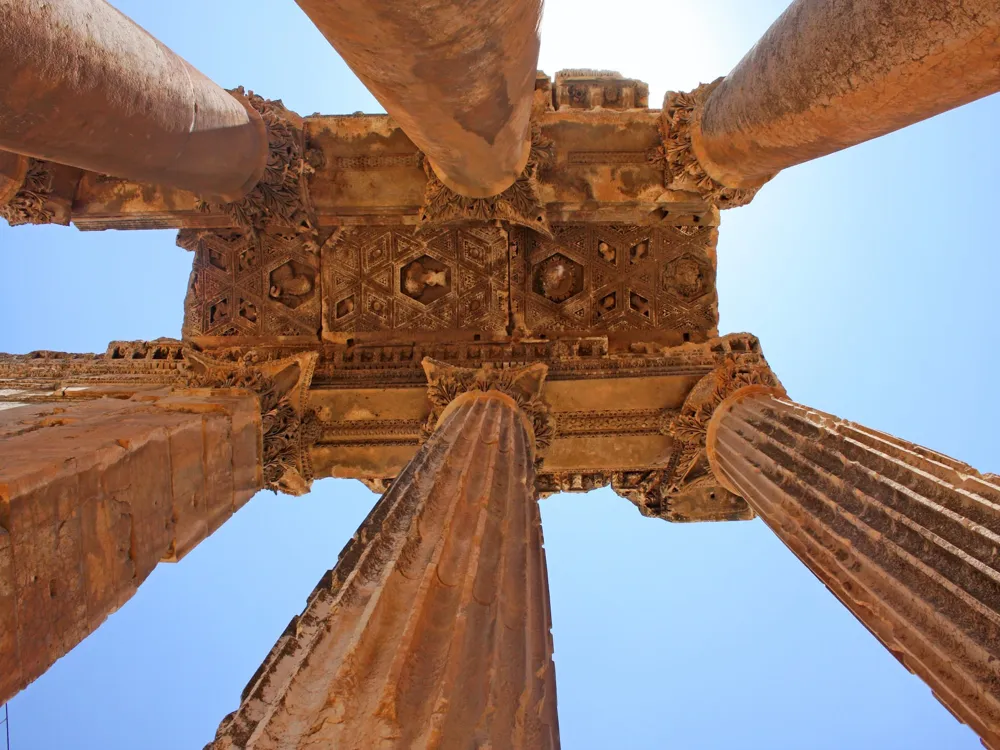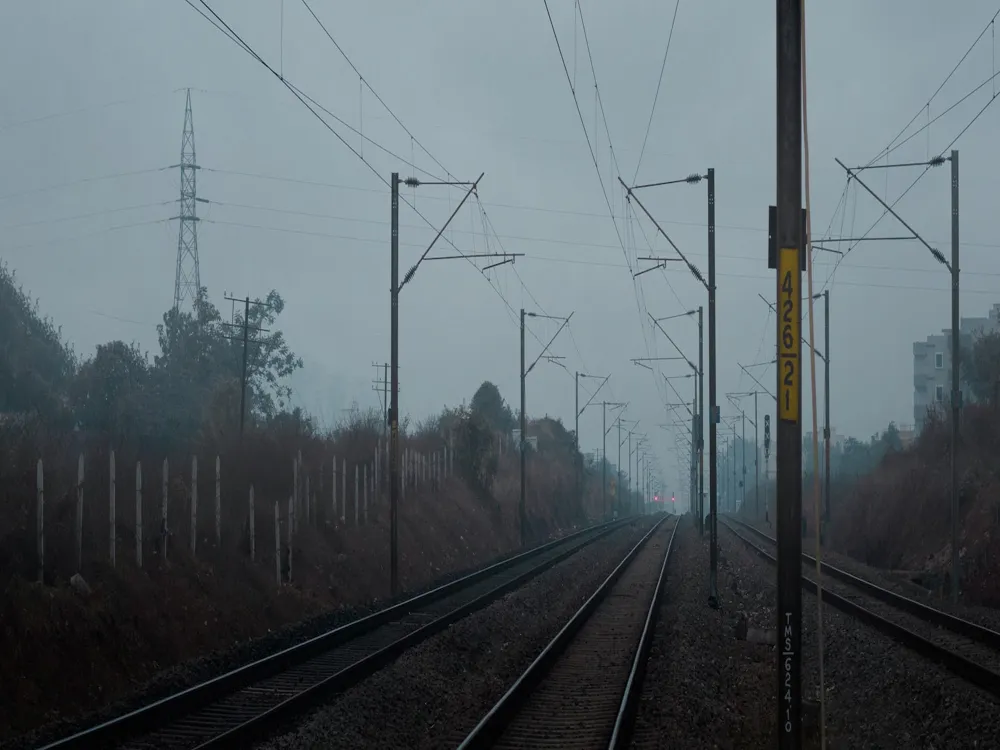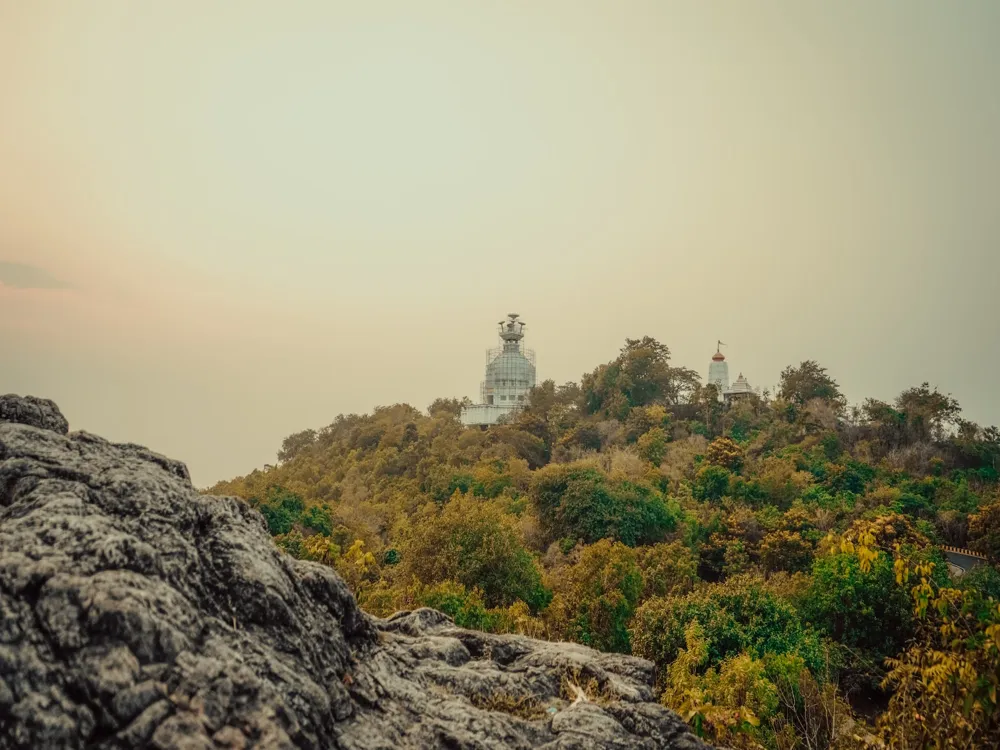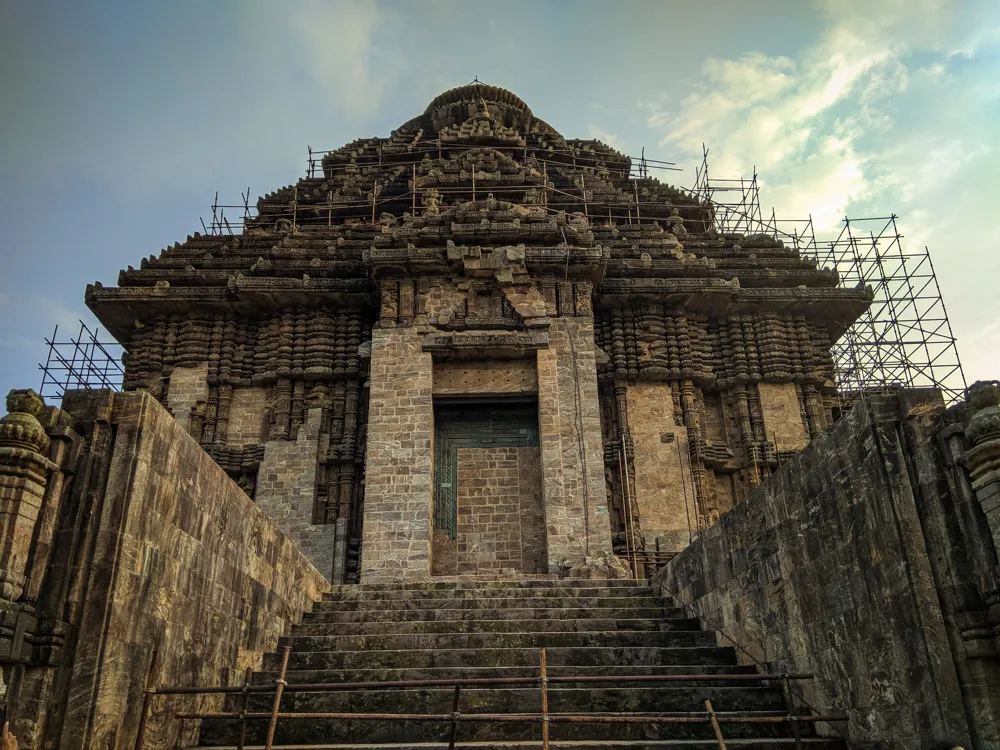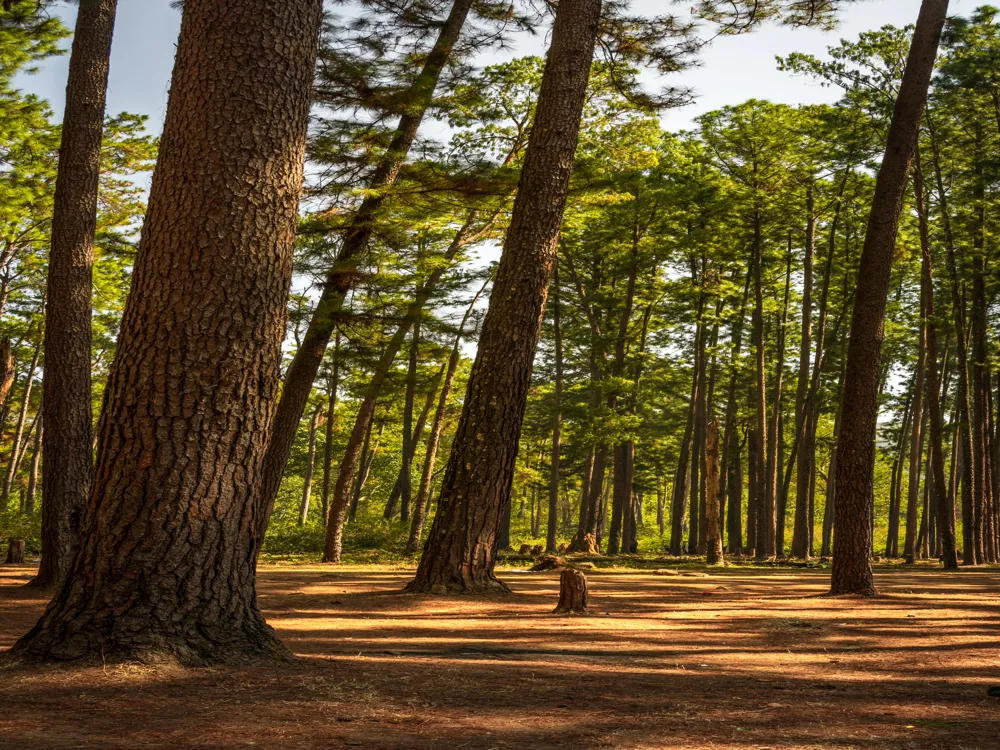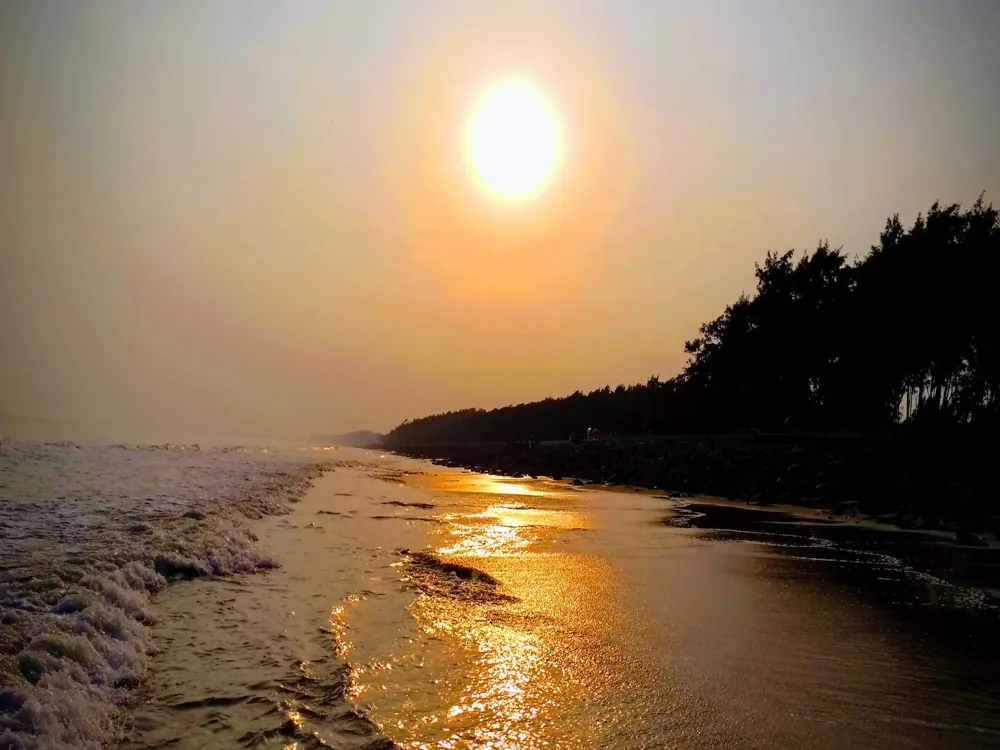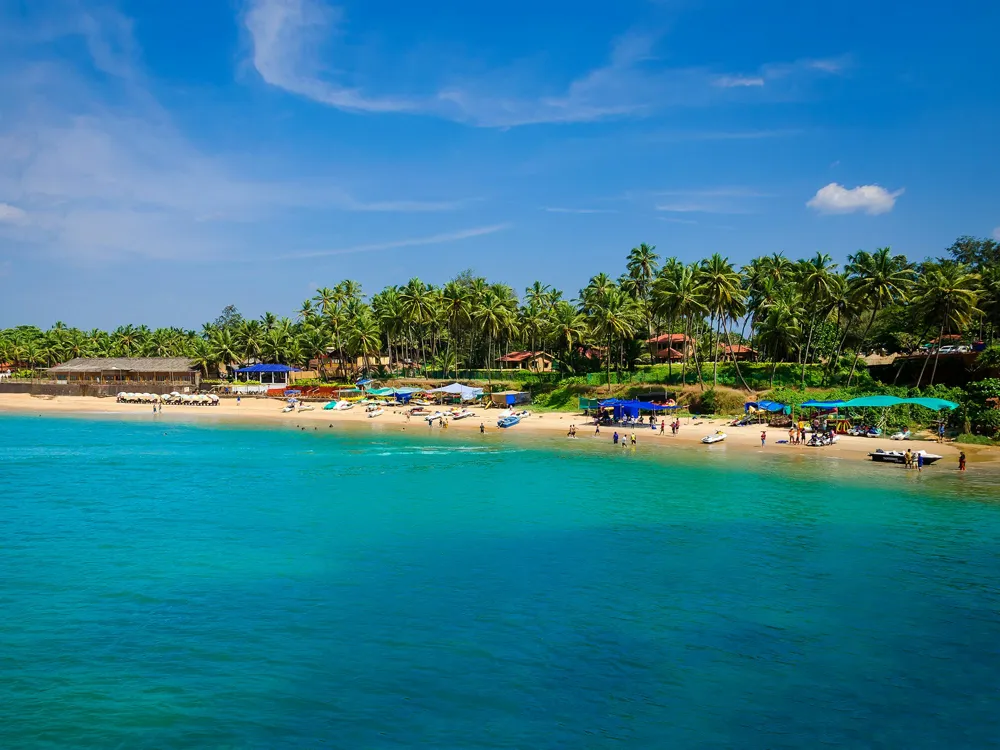Hirakud Dam, situated in the state of Odisha, India, is a remarkable feat of engineering and a crucial part of the region's infrastructure. Spanning the Mahanadi River, it is one of the world's longest earthen dams, with a length of approximately 25.8 kilometers including the dykes. Constructed in 1956, the dam holds a significant place in India's post-independence developmental history and serves multiple purposes, including flood control, irrigation, and power generation. The construction of Hirakud Dam was primarily for flood control, as the Mahanadi River's devastating floods had a long history of causing immense loss and damage. Over the years, the dam has effectively mitigated the impact of floods in the region. Beyond flood control, it also aids in irrigation, covering a vast area, thereby supporting the agricultural sector extensively. The reservoir, named Hirakud Reservoir, spans an area of 746 square kilometers and is a crucial water source for farmers in the region. Another significant aspect of Hirakud Dam is hydroelectricity generation. The dam houses two hydroelectric power plants located at Burla, on the northern side, and Chiplima, on the southern side. These plants play a vital role in meeting the electricity demands of the state and contribute to the national power grid. The dam's construction also led to the development of surrounding areas, catalyzing economic growth and infrastructure development in Western Odisha. Moreover, Hirakud Dam is not just an engineering marvel but also a scenic spot attracting tourists from all over. The vast expanse of the reservoir, the panoramic views of the surrounding landscapes, and the witnessing of the dam's massive structure offer a unique experience to visitors. The Gandhi Minar and Nehru Minar, two observation towers located at the dam site, provide a bird's eye view of the entire area, making it a popular tourist attraction. In terms of biodiversity, the Hirakud Reservoir supports a rich variety of aquatic life and is a haven for migratory birds during the winter months. This aspect adds to its ecological significance, making it a point of interest for environmentalists and nature enthusiasts. The dam's importance extends beyond its primary functions, as it stands as a symbol of human determination and engineering prowess. It represents the vision and efforts of thousands of workers who contributed to its construction, overcoming numerous challenges. As such, Hirakud Dam is not only a critical infrastructure but also a testament to India's developmental journey in the post-independence era. The architectural design of Hirakud Dam is a blend of engineering excellence and innovative construction techniques. As one of the earliest major multipurpose river valley projects in India, its design was a pioneering effort in dam construction. The dam's structure is primarily an earthen dam, flanked by concrete spillways that ensure the safe passage of floodwater. The main dam has an overall length of 4.8 kilometers and is built across the Mahanadi River. The earthen part of the dam is constructed using locally available soil, compacted to ensure strength and stability. This part of the dam is crucial for water retention and forms the main storage area of the reservoir. One of the unique features of Hirakud Dam is its long, straight spillway. The spillway is designed to handle exceptionally high flood discharges and is equipped with crest gates to control the flow of water. This spillway system plays a vital role in flood management, a primary objective for which the dam was built. Additionally, the dam incorporates two distinct powerhouses at Burla and Chiplima, which house the hydroelectric power generation units. These powerhouses are integral parts of the dam's architecture, as they convert the water's potential energy into electrical energy. The design and placement of these powerhouses were carefully planned to maximize efficiency and ensure uninterrupted power generation. The dam also features a network of dykes and embankments, which extend the dam's reach and provide additional storage capacity. These structures are strategically placed to manage the reservoir's water levels and ensure adequate water supply for irrigation and power generation. Another architectural highlight is the use of observation towers, Gandhi Minar and Nehru Minar, which offer panoramic views of the dam and the reservoir. These towers are not just functional structures but also add to the aesthetic appeal of the dam site. The design and construction of Hirakud Dam reflect a deep understanding of hydraulic engineering, soil mechanics, and environmental considerations. The dam's architecture is a testimony to the ingenuity and foresight of its designers and engineers, making it a landmark in the field of civil engineering. The ideal time to visit Hirakud Dam is between October and March. During these months, the weather is pleasant, and the reservoir is usually at its fullest, offering spectacular views. It's also the time when migratory birds visit the reservoir, making it a great period for bird watching. While visiting Hirakud Dam, it's important to adhere to safety guidelines. Avoid venturing into restricted areas, and always keep a safe distance from the dam's edge. Visitors should also be cautious during the monsoon season when water levels can rise suddenly. Apart from sightseeing, visitors can enjoy boat rides in the reservoir, visit the nearby Debrigarh Wildlife Sanctuary, or explore the observation towers for panoramic views. Photography enthusiasts will find ample opportunities to capture the scenic beauty of the dam and its surroundings. For accommodation, visitors can find several hotels and guest houses in the nearby towns of Sambalpur and Burla. These towns also offer a range of dining options, catering to various tastes and preferences. Reaching Hirakud Dam is convenient as it is well-connected by road, rail, and air. The nearest airport is in Bhubaneswar, from where one can take a taxi or bus to Sambalpur. The Sambalpur railway station is well-connected to major cities in India, and regular bus services are available from Sambalpur to the dam site. Additionally, the road network around the dam is well-maintained, making it easily accessible by car or bike. Read More:Overview of Hirakud Dam in Bhubaneswar, Odisha
Architecture of Hirakud Dam
Tips When Visiting Hirakud Dam
Best Time to Visit
Safety Measures
Activities to Enjoy
Accommodation and Facilities
How To Reach Hirakud Dam
Hirakud Dam
Bhubaneswar
Odisha
NaN onwards
View bhubaneswar Packages
Weather :
Label : Must Visit
Tags : Dam
Timings : Anytime
Entry Fee : No entry fee
Planning a Trip? Ask Your Question
Bhubaneswar Travel Packages
View All Packages For Bhubaneswar
Top Hotel Collections for Bhubaneswar

Private Pool

Luxury Hotels

5-Star Hotels

Pet Friendly
Top Hotels Near Bhubaneswar
Other Top Ranking Places In Bhubaneswar
View All Places To Visit In bhubaneswar
View bhubaneswar Packages
Weather :
Label : Must Visit
Tags : Dam
Timings : Anytime
Entry Fee : No entry fee
Planning a Trip? Ask Your Question
Bhubaneswar Travel Packages
View All Packages For Bhubaneswar
Top Hotel Collections for Bhubaneswar

Private Pool

Luxury Hotels

5-Star Hotels

Pet Friendly







